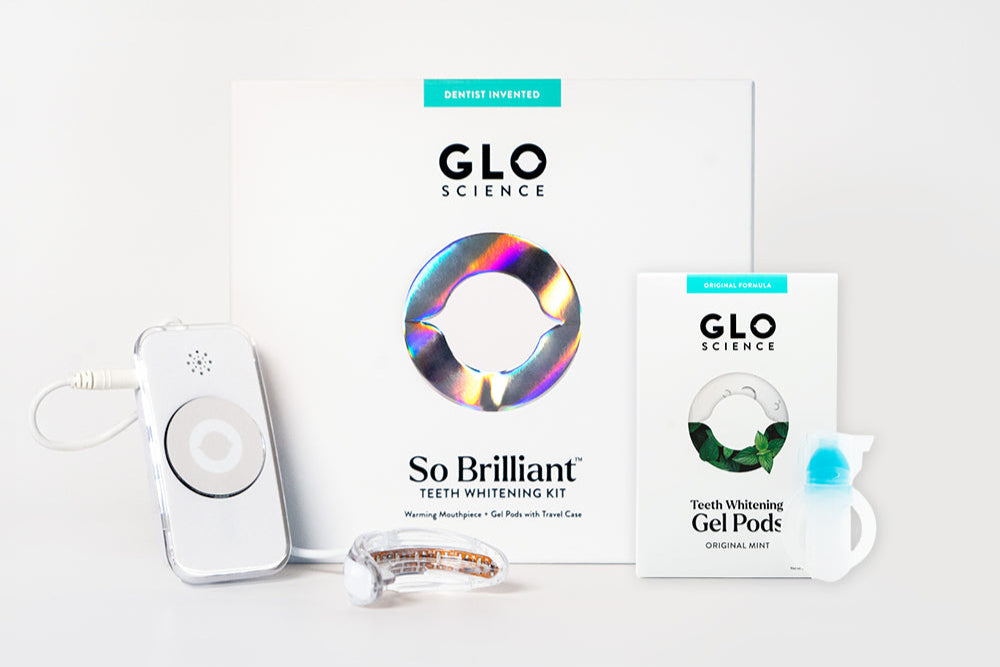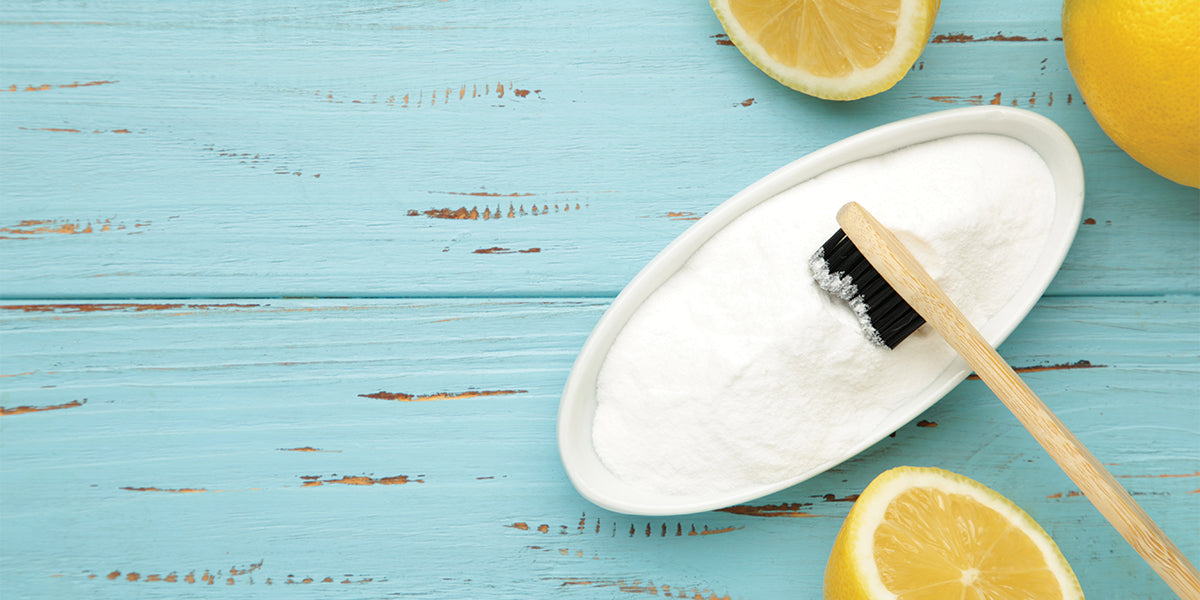Baking soda is a household staple with a plethora of uses, from baking to cleaning. But did you know, baking soda is also an effective at-home teeth whitening solution? Baking soda, or sodium bicarbonate, has been used to whiten teeth for decades due to its abrasive, yet gentle, exfoliating power that sloughs away surface stains and cleans teeth.
Sodium bicarbonate is a naturally occurring chemical compound that comes in the form of a fine powder substance and has both anticaries and abrasive properties. The anticaries found in baking soda prevent tooth decay, while the texture of baking soda scrubs away plaque and reveals brighter-looking teeth. Baking soda also aids in neutralizing the pH balance of the mouth, reducing harmful acids that may erode enamel. In this way, baking soda both cleans and whitens teeth.
Accessible and affordable, baking soda can be found in nearly every grocery store and pharmacy for only a few dollars, bringing the cost of whitening treatments down to mere pennies. However, baking soda is not super effective at erasing deep-set stains or transforming enamel shade overnight. While baking soda can help brighten your smile, it often must be used consistently for long periods of time to yield results and is better suited for maintenance between more powerful whitening treatments to get powerful results.








